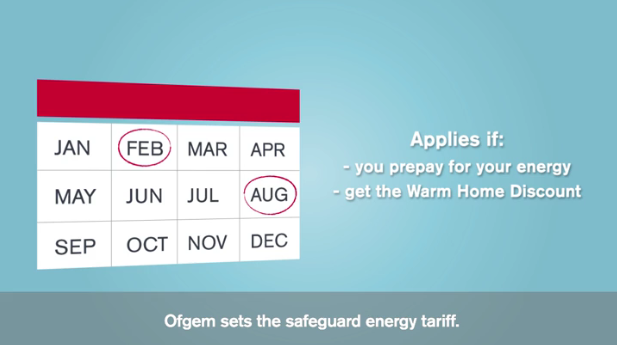
Who are Ofgem?
Ofgem is the Office of Gas and Electricity Markets. Essentially their job is to regulate UK energy suppliers to protect the interests of the consumer. This involves keeping track of market developments, protecting consumers, and pushing for better end prices.
While there are fundamentally independent of the government, energy industry and other stakeholders within UK/EU legal framework, they do work closely with these bodies.
Why do we need the vulnerable customer safeguard tariff?
As a reader of this blog it is highly likely that you are at least somewhat engaged with your energy usage and costs, but for many this simply isn’t something that they are able or inclined to explore. In this case, many people accept energy companies default tariffs, often on the assumption that the resulting bills will be essentially the same. Without exploring other, much more cost effective options, many are hit with much higher bills than those who have shopped around.
The biggest problem is that the overwhelming majority of people in this situation are what Ofgem refers to as ‘vulnerable customers’. These are consumers who may be unable to switch energy deals, or find it difficult to do so; primarily it is low income families and the elderly. So instead of the big energy bills going to those that can afford them, those least able to pay are being hit with the highest bills.

How does the safeguard tariff work?
In a truly free market economy the current system would continue unchanged. This is because economically speaking, there’s no competition and no subsequent market pressure to lower default tariffs. If people keep using the more expensive default tariffs then the energy companies have no reason to drop the prices.
A huge part of what Ofgem does is attempting to improve awareness of what’s available and encourage the general population to engage more fully with the energy market. The more people that dig for the best deals on their energy, the lower the price the energy companies will have to charge to compete with each other, and the less we all pay.

What are the changes being made to the safeguard tariff?
The good news is that more people will now be included by the safeguard, covering an additional 1m people. The scheme is now applicable to customers on pre-pay meters or who get the Warm Home Discount. Energy and Clean Growth Minister Claire Perry has called the extended number of people covered by the safeguard “a positive step that a million vulnerable consumers are now being protected from unfair energy price rises through the energy cap.”
The bad news, and the part that many people are angry about, is the dramatic rise of the cap. It was only October when Ofgem announced that customers could expect annual savings of £120 through the price cap, with that quickly falling to £115. Once the new changes are implemented in April, however, that will drop to just £66. Ofgem is attributing this hike to higher wholesale energy costs and policy costs, pointing to green taxes.
While the idea behind the safeguard is certainly admirable, there are a lot of questions surrounding the running and management of the system. The latest revision of the energy cap is, for many people, a disappointing development in a disappointing scheme.
Think we missed something? Do you have a different opinion?
Comment below to get your voice heard…











No Comments yet! Be the first one.